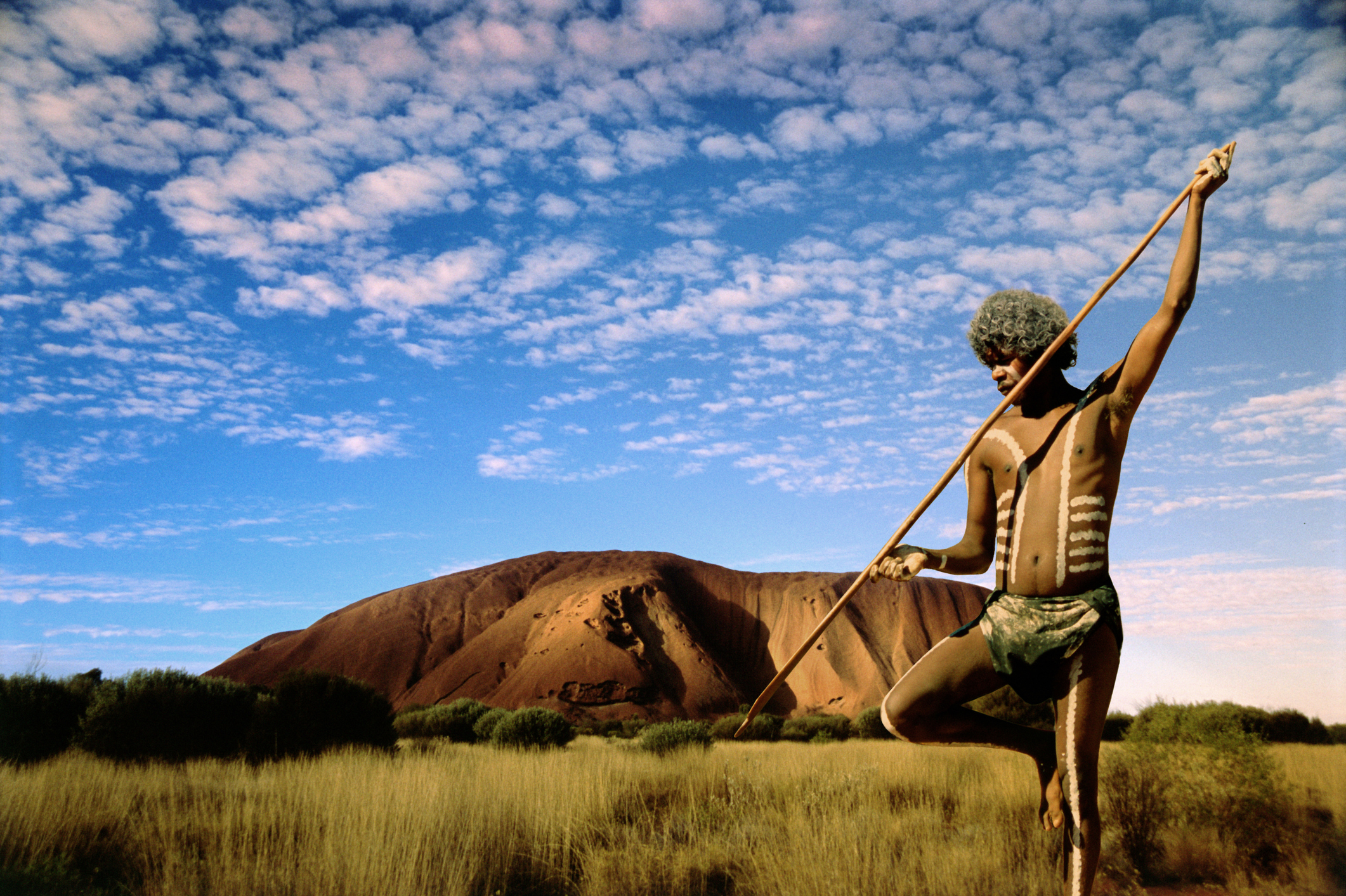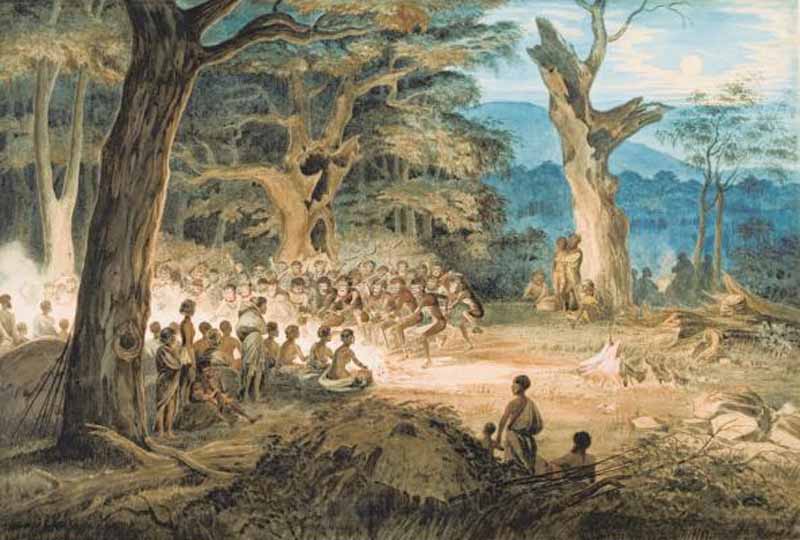Understanding Aboriginal Reserves in Australia: A Journey Through History, Culture, and Modern Challenges
Understanding Aboriginal Reserves in Australia: A Journey Through History, Culture, and Modern Challenges

Australia’s rich and complex history is inextricably linked to its Indigenous people, the Aboriginal and Torres Strait Islander communities. For centuries, they have been the custodians of this vast land, nurturing its diverse ecosystems and preserving ancient traditions. However, colonization brought about significant changes, including the establishment of Aboriginal reserves, a system that continues to raise questions about land rights, self-determination, and the ongoing struggle for social justice.
This article delves into the history of Aboriginal reserves in Australia, exploring their creation, the impact they have had on Indigenous communities, and the ongoing efforts towards achieving self-determination and land rights.
Related Articles: Understanding Aboriginal Reserves in Australia: A Journey Through History, Culture, and Modern Challenges
- Embracing Tradition: A Guide To Beautiful Aboriginal Boy Names
- Can You Harvest Native Bee Honey? Unlocking The Secrets Of A Tiny Treasure
- The Melodies Of The Outback: Exploring The Unique Musical Instruments Of Australia
- Beyond "Kangaroo": Unveiling Three Aboriginal Words For Animals We Use Every Day
- Unveiling The Beauty And Meaning Of Australian Aboriginal Female Names
The Genesis of Aboriginal Reserves: A Legacy of Dispossession and Control
The establishment of Aboriginal reserves in Australia began during the colonial era, driven by a desire to control Indigenous populations and facilitate the expansion of European settlements. The process was often characterized by forced removal, displacement, and the denial of basic human rights.
Early Policies and Practices:
- The "Protection" Era (1830s-1930s): This period saw the establishment of government-controlled reserves, often located in remote and marginal areas. The stated aim was to "protect" Indigenous people from European society, but in reality, it amounted to segregation and control.
- Assimilation Policies (1930s-1960s): The focus shifted towards assimilation, attempting to integrate Indigenous people into mainstream society by stripping them of their cultural identity. This involved removing children from their families and placing them in government institutions, a policy known as the "Stolen Generations."
- The "Self-Determination" Era (1970s-Present): The 1970s witnessed a growing movement advocating for Indigenous self-determination and land rights. This led to the establishment of Aboriginal land councils and the recognition of Indigenous land claims through the **Native




Closure
Thus, we hope this article has provided valuable insights into Understanding Aboriginal Reserves in Australia: A Journey Through History, Culture, and Modern Challenges. We thank you for taking the time to read this article. See you in our next article!


